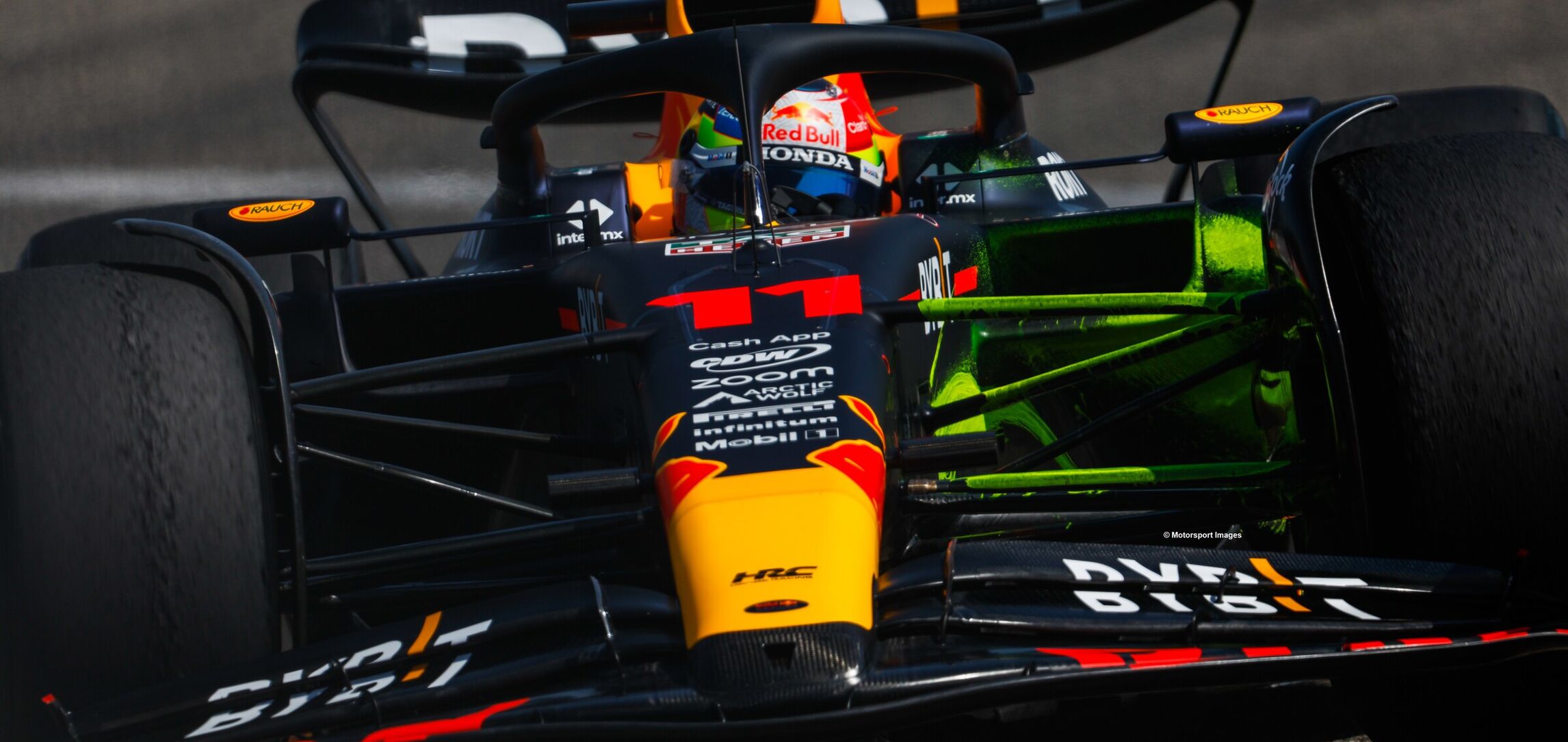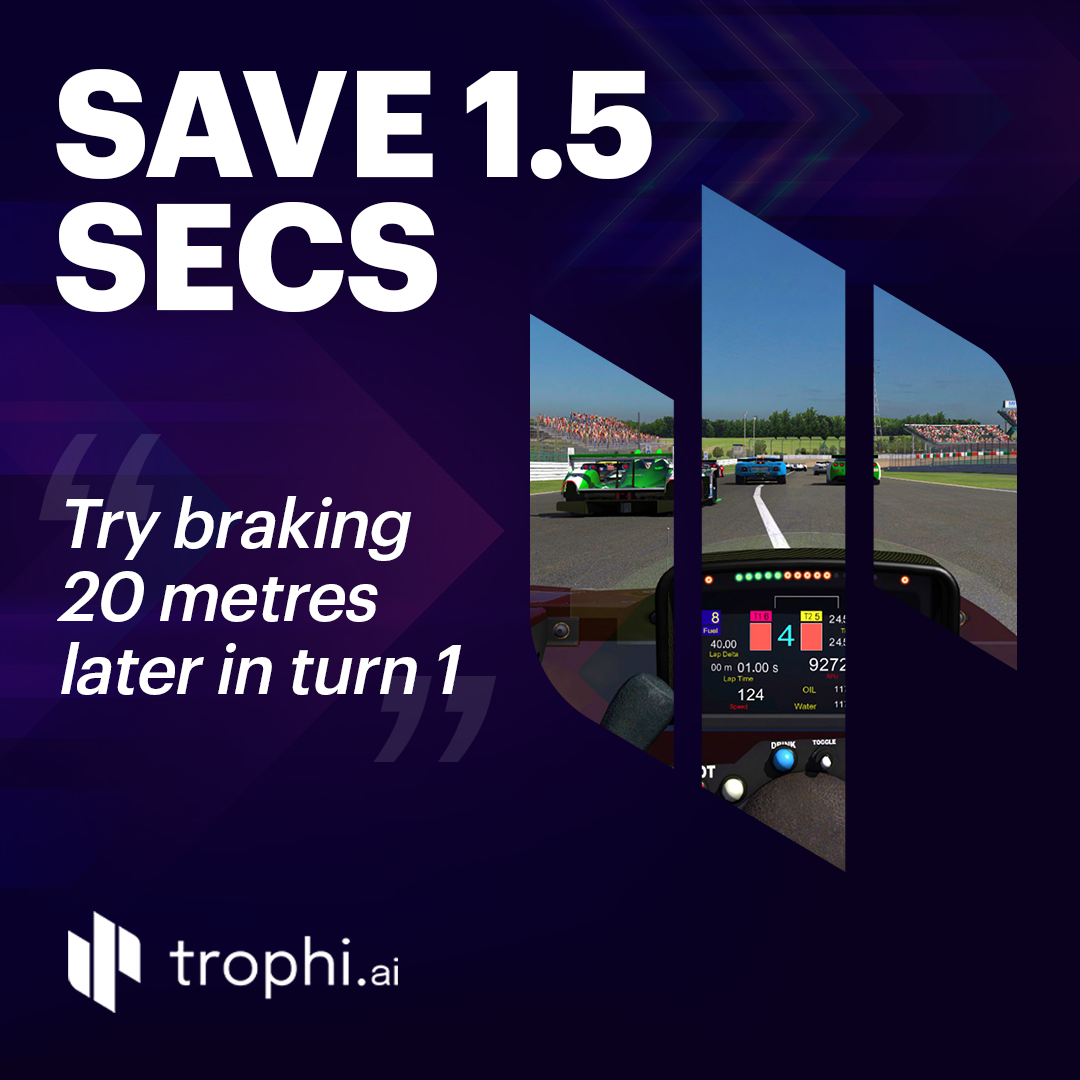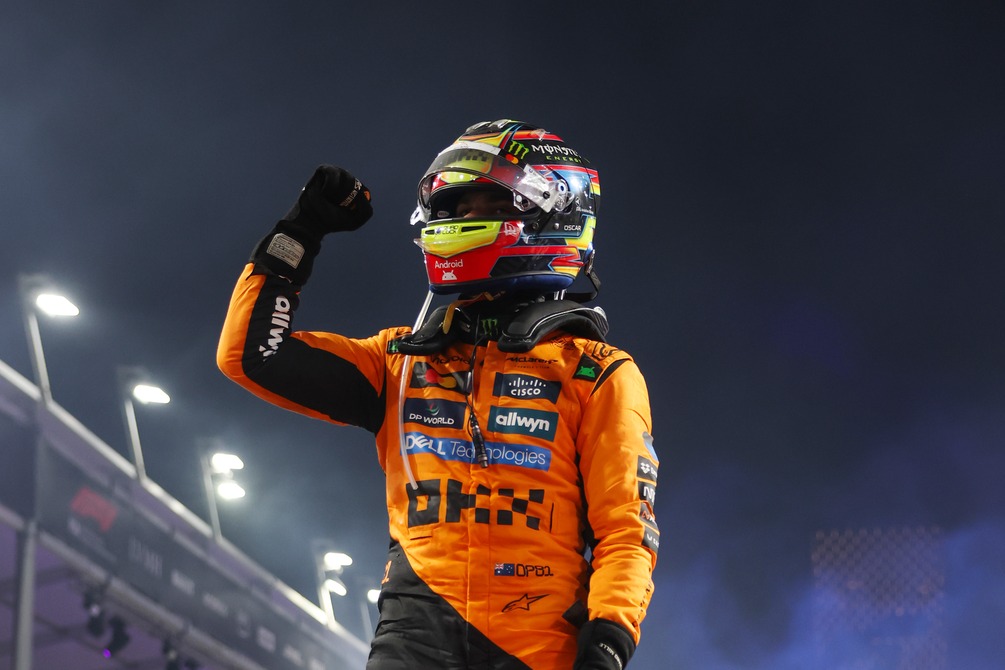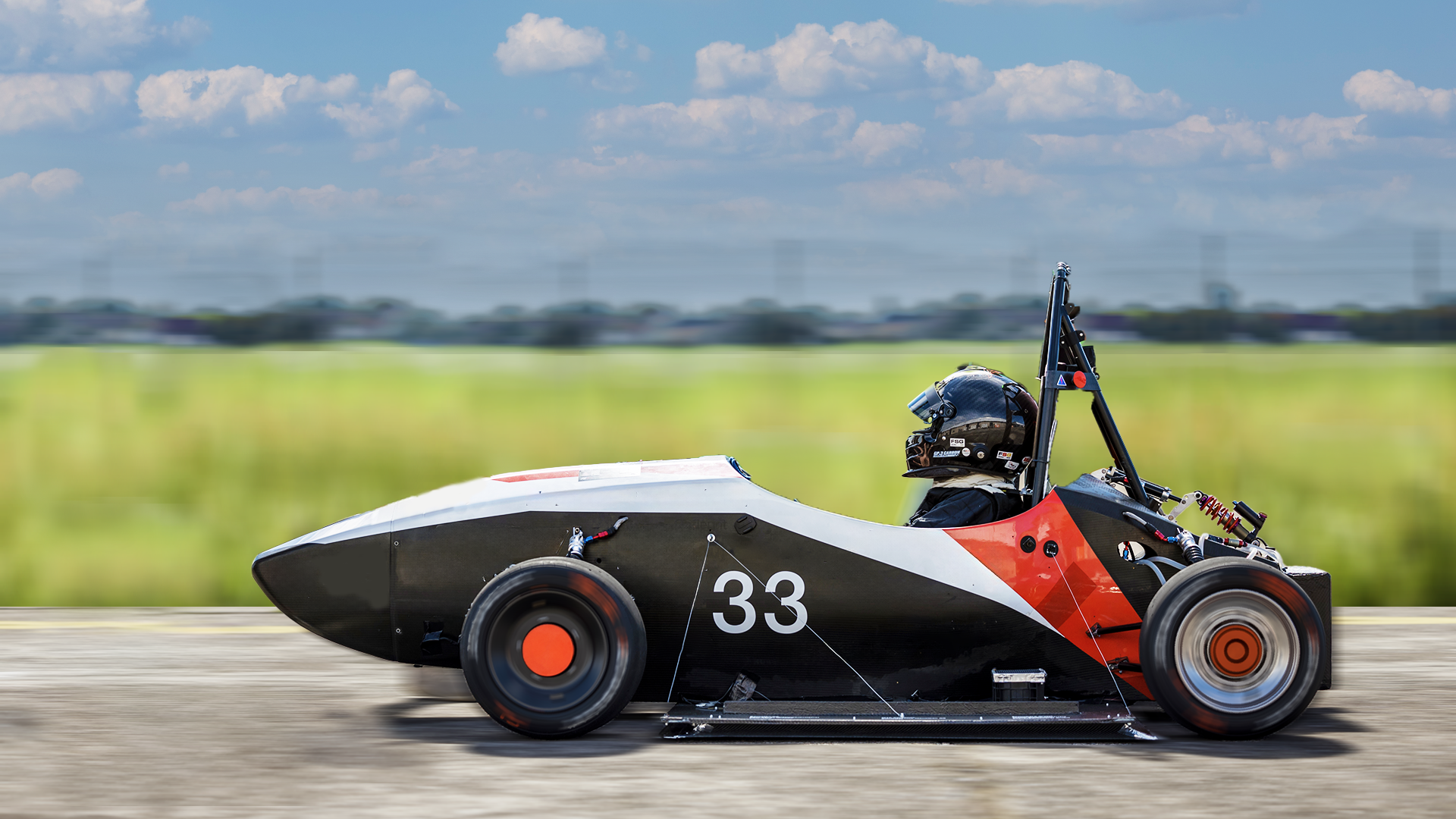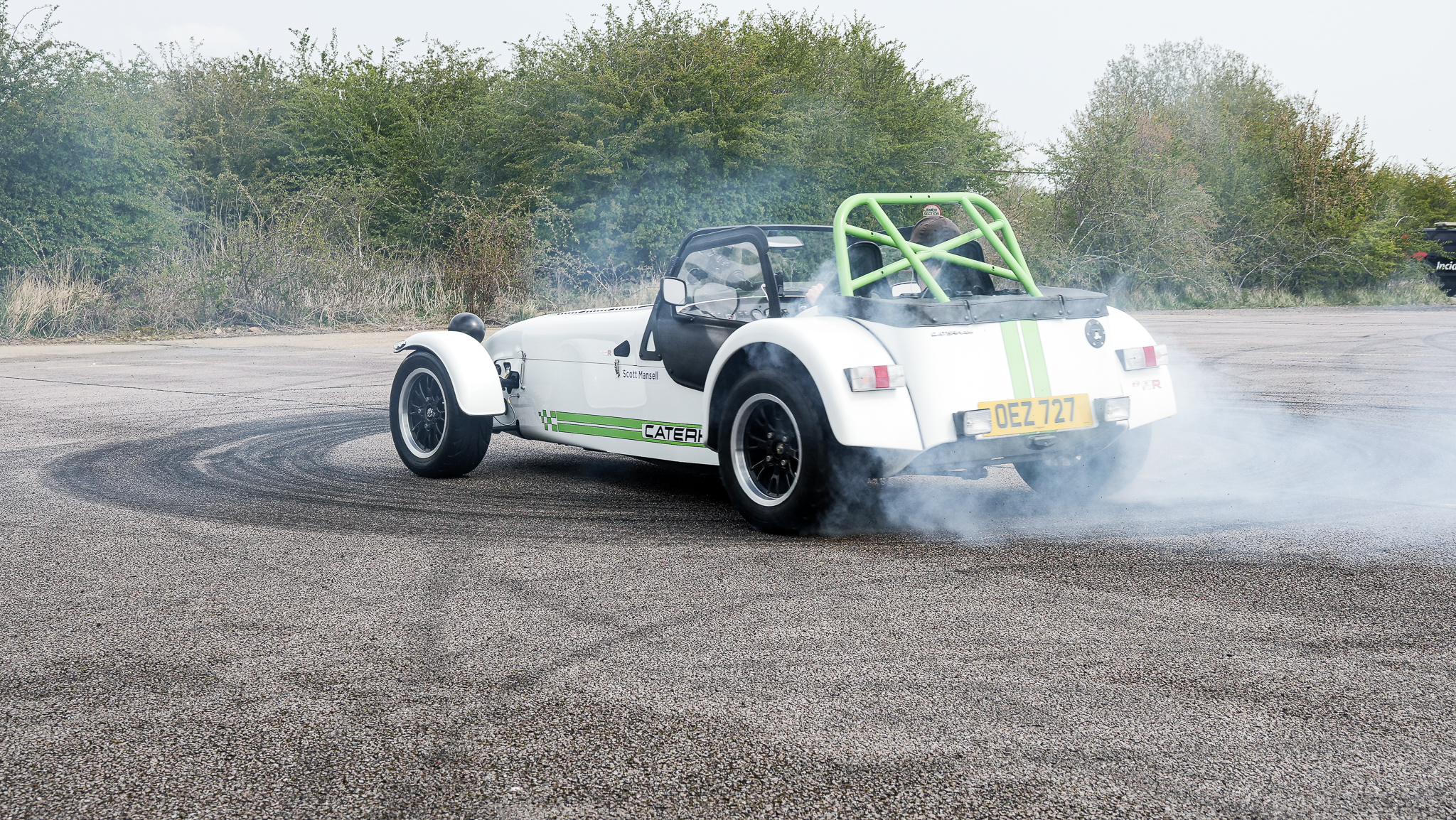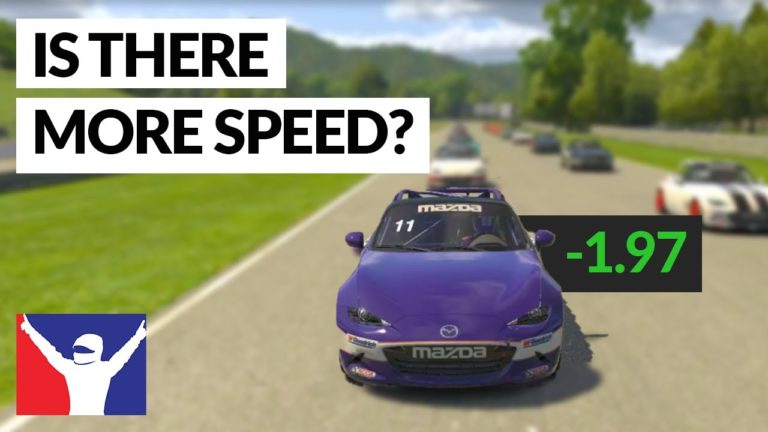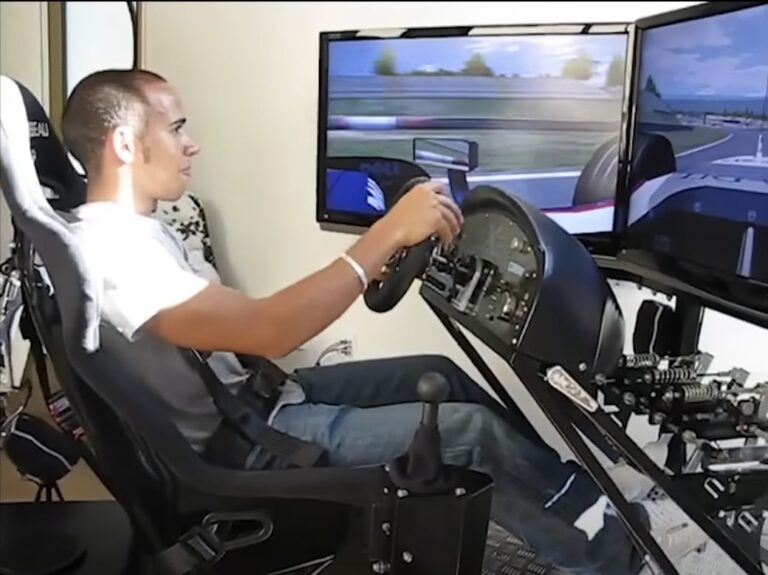Top 5 Tips for Getting Faster in F1 2021
As the title suggests, in this article we will be covering Driver61’s Top 5 Tips for improving your lap times and consistency in the F1 game series (F1 2019, F1 2020, F1 2021, etc.). We’ve coached 1,000s of drivers in the F1 series and have found the following common mistakes.
Starting with the basics and working towards more complex methods, we have chosen these tips from our database of D61 F1 students as well as some useful knowledge from our experienced Sim Racing Instructors.
If you are interested in more videos, exercises, and data on improving your pace in F1 2021, you can try our sim racing coaching app, trophi.ai for free here. We also have an easy-to-use telemetry tool for all platforms (PS, XBOX, and PC) that lets you compare your braking points, brake application, and all of your inputs directly to the best drivers in the world. You can try that for free here.
1. Avoid Braking Too Late
Now, this might seem like an obvious point, but you’ll be amazed by how common it is. Even at the highest levels of Motorsport, the term “out braked themselves” is somewhat overused. That’s because there is such a fine line between nailing the braking point and overshooting it.
Missing your braking point will usually result in the car running deep, which makes the corner tighter than it needs to be. Now you have to steer the car back towards the apex drastically reducing apex speed and also leaving the door open for other cars to pass.
To avoid this, the braking point (the point on the circuit where the brakes are applied) should allow for the car to completely slow up to the apex of the corner whilst maintaining the optimum racing line. The important thing to consider is that braking too early and releasing some of the brake pedal on corner entry is not as slow as running too deep and having to cut back to meet the apex.
We have a great article here that goes into braking techniques for F1 2021 in more detail.
To summarise, braking earlier than is necessary is faster than braking too late. Build up to the perfect braking point before overshooting it. Once you gain confidence and understanding of where the braking point is, then you can start to make fine adjustments by pushing it further forwards or back.
2. Turn Off ABS Assists in F1 2021
Firstly, F1 cars do not use ABS (Anti-lock Braking System) in the real world, so you shouldn’t use it in the game either! ABS is a device that stops the car from locking the wheels under braking. Almost all new road cars are fitted with ABS because it is proven to reduce the risk of collisions when heavy braking.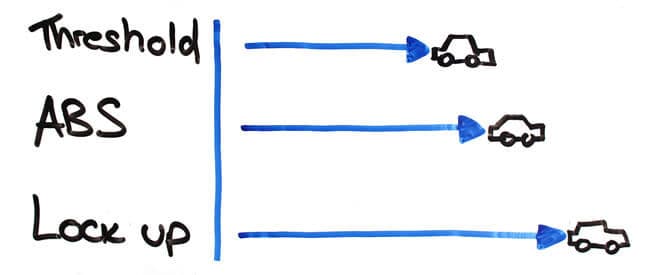
F1 has strict rules regarding the subject of ABS and therefore cars are not permitted to run any type of anti-locking system. This is to increase driver feel through the brake pedal and demands a higher level of driver skill to keep the car from locking and skidding. We have a full detailed article discussing ABS in F1 here.
In Esports and high-level Sim racing, ABS is also not permitted, so learning to brake with the setting turned off is advantageous to developing your skills as a driver.
Understanding when the brakes are on the limit of locking (with ABS turned off) is vital to the performance of the car. There are a few key things to consider in F1 to achieve this:
- Aerodynamics – play a key role in how much braking force can be applied. At high speeds, you have a lot of aero and therefore a lot of grip. The car physically does not have enough braking force to lock the wheels at high speed. At low speed, therefore, the braking force must be reduced to avoid locking.
- Sight and Hearing – visually you should be able to see when the tires are locking, this is an obvious tell to ease off the brake pedal. Audibly you should hear when the car is skidding either with the classic high pitch screech or silence of the tire gliding across the track surface.
- Feel – this only really applies to drivers using a Sim Wheel setup, when the car is locking, the steering should feel lighter in your hands as if the car is understeering forwards. For pad users, a vibration will be sent through the controller. In both cases, again you need to marginally release the brakes.
3. Looking Far Enough Ahead
This almost seems like a ‘no-brainer’, however you’ll be shocked to find how narrow visioned you can be on track.
For example, how many times has a car ahead of you spun out, you notice the car spinning and the next thing you do is miss your braking point, or miss an apex?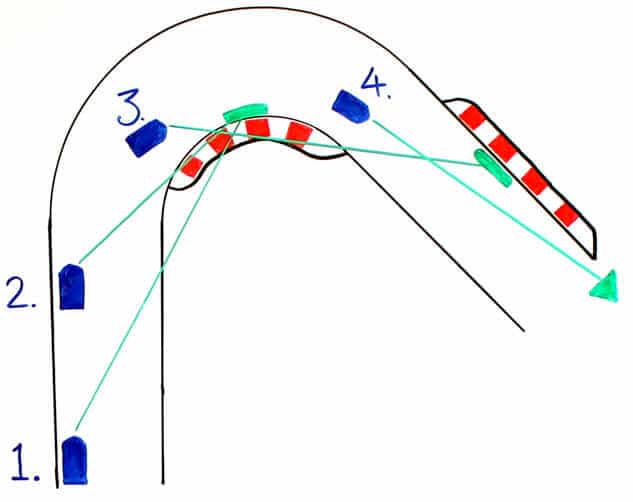
One of the products of your body’s eye-brain-muscle system is that if you want to hit something, you need to look at it. The term is called “Target Fixation” and it’s the bodies natural tendency to steer towards something we intently focus on. In almost all forms of sport, Target Fixation is a necessity to perform well, baseball, golf, darts for example. In motorsport however there are two sides to this; you want to focus on hitting apexes, and not spinning cars.
So if the body tends to follow your line of sight, you, therefore, need to focus only on where the car needs to be and use your peripheral vision to focus on other cars and circuit reference points.
The speeds related to F1 are much higher than other forms of motorsport. The idea here is to look as far ahead as physically possible. When driving down a straight piece of track, your attention needs to be focussed on the very end of the straight.
As you approach a corner, your vision should move to the apex as early as possible. Then once you’re near the apex, your vision should now be on the exit of the bend and beyond. Looking far ahead allows your body to take in more information, “seeing the bigger picture”.
This same skill can also be carried over to road driving. So many real-world accidents can be avoided by looking far enough ahead, especially on motorways or highways. Where the common error is to fixate on the car directly in front of you when in reality you should be looking 4 or 5 cars ahead of you. This gives you time to react, as you are taking information in from further away.
When looking this far ahead, your subconscious and muscle memory takes over with the ‘now’. You don’t need to look directly in front of you to know where you are going. Allow your brain to drive the car whilst your vision is focussed as far ahead as possible.
For more about ‘Vision in Motorsport’ you can visit our training video here
4. Smoother Steering
In all forms of motorsport, not just F1, it is advantageous to be smooth on the steering wheel. Sudden shocks and movements to the steering will unsettle the weight of the car and cause scenarios such as snap oversteer, coming off the racing line and missing braking points.
The weight of the car pivots across its 4 tires and acts as a pendulum. The more aggressive your steering inputs, the further the pendulum swings and vice versa.
An easy way to visualise this is with a motorcycle rider. The mass of the rider is mounted very high, when the rider turns the handlebars the weight of the rider must lean into the bend to compensate. If the rider turns very quickly and fails to lean over, then their weight is thrown outside and they fall off the bike. 
The same is true for cars, except the weight is spread across the 4 tires, and instead of the rider transferring the weight, the car transfers weight through the suspension systems. Every time a sudden shock or movement is made, the suspension of the car has to react to compensate. Often this will create unwanted compression and extension on the 4 corners of the car causing an imbalance and loss of control.
So how do you correct this? When on track, concentrate on moving the steering wheel in one fluid motion. No sudden jerks, no over turning and releasing. One smooth motion of the wheel, turn in to the apex, turn out to the exit, that’s it!
A great method you can use to help visualise this is if you are using a Steering Wheel setup, you can attach a brightly coloured cable tie (if possible, a black one works too) to the top of your steering wheel, with the tail of the cable tie sticking directly upwards. Like a Teletubby. The cable tie should be right in the centre of your vision, in front of your screens and monitors. When you are out on circuit, focus on keeping that cable tie as smooth as possible. No flapping around and no sudden movements.
5. Not Trail Braking
For you to not trail brake, first you need to understand what ‘trail braking’ is. Check out or Driver University Vid here for a more in-depth review.
Trail braking is a term used to describe the technique of lightened, yet continued braking while turning into a corner. By using the brakes effectively, you can control the pitch of the car (weight from front to back). This means that you can move the grip of the car from front to back and improve cornering speeds.
A lot of drivers believe they are trail braking, but in reality, they are not maximising the braking pressure correctly. This can be very apparent when looking at brake pedal pressure graphs in a data logging system.
Locking the brakes in F1 is extremely common and this is due to a combination of two things, Aero and Trail Braking.
As mentioned above Aerodynamics in F1 play a big role in the braking phase. F1 cars generate so much downforce at high speeds that brakes physically don’t have enough strength to lock due to the grip levels created by the car’s downforce. However, when the car slows, the downforce reduces and so do the grip levels. Meaning that the brake pedal must be released slightly to compensate for this.
You want to keep the car on the limit of locking throughout the braking phase of a corner, using the brake pedal right up to the apex of the bend in heavy braking corners. This will allow for the car to correctly settle its weight displacement and will make it easier to accelerate off of the corner.
The common mistake is to either release the brake pedal too much, resulting in re-pressing the brake. Or, pressing the brake too much and locking, causing you to release the brake pedal further. You essentially want a combination of the two and you want the pedal to be slowly released in one smooth motion, rather than on off on off.
Thanks for checking out our top tips for going faster in F1 2021, if you think we’ve missed something then let us know. If you want to learn more, check out our sim racing coaching page here where we’ll teach you how to master the series.



